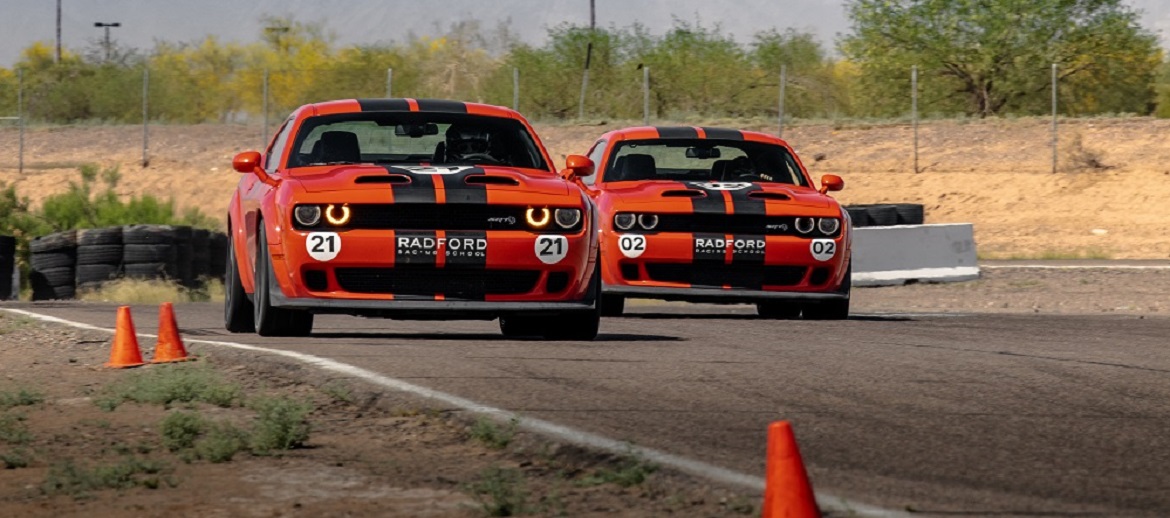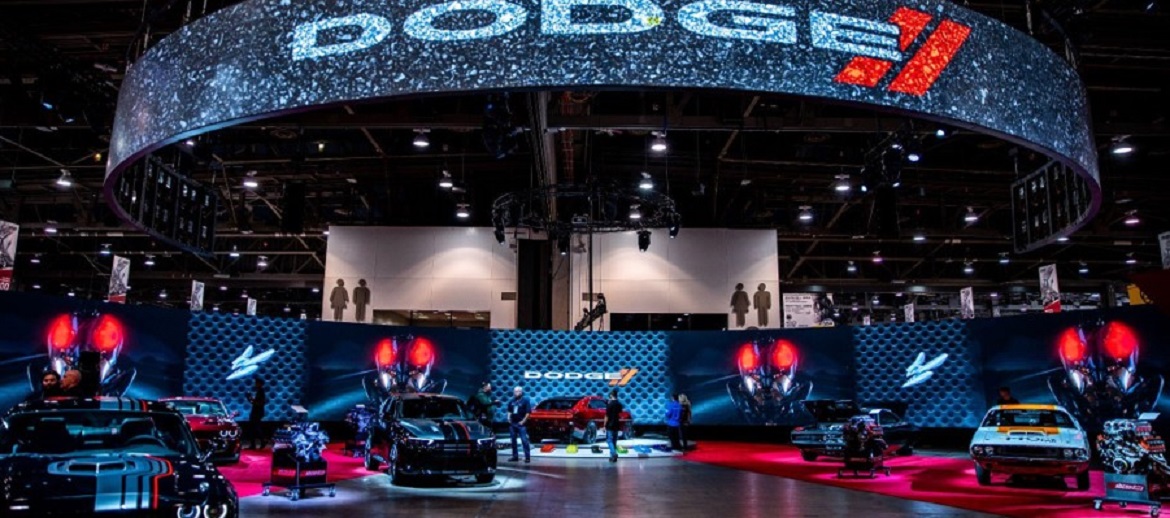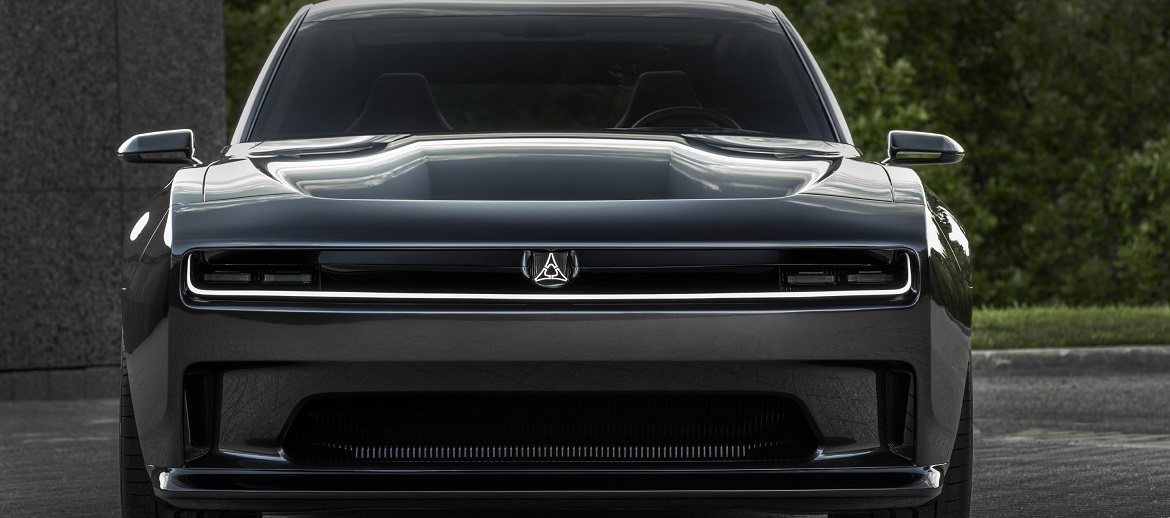Radford Racing School Grand Prix Driving
2 years ago Showcase
If you want to learn about car control that can be used both during your daily drive and in high-performance situations, the Radford Racing School High Performance Driving program is second-to-none; but for those who want the same level of instruction with a distinct focus on competitive racing on a road course, the Grand Prix Road Racing program is the answer.
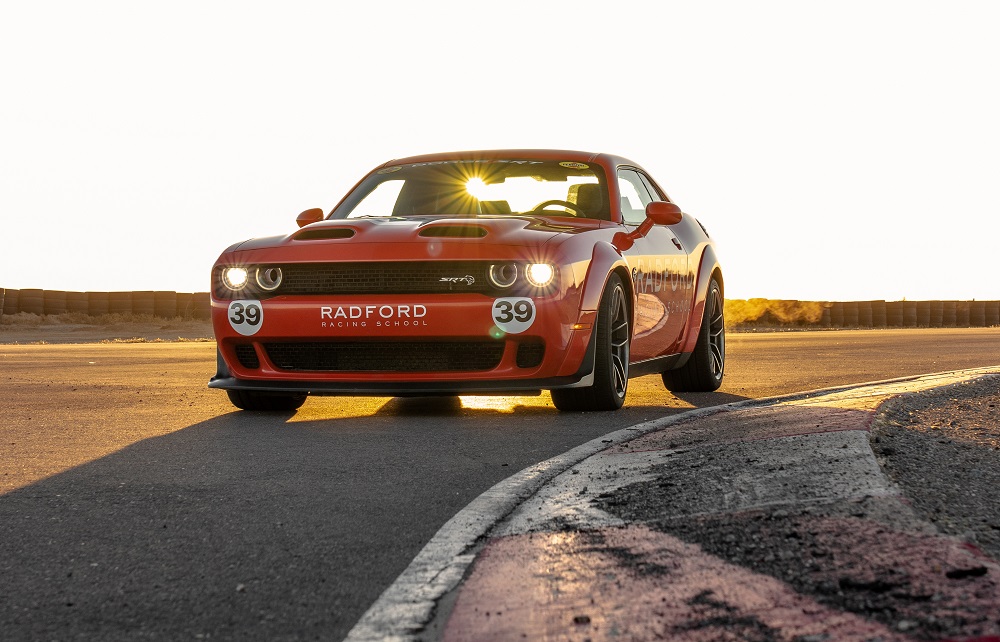
Offered in three- or four-day formats, the Grand Prix program starts with the same key points as the High Performance Driving (HPD) program – concentration, vision, attitude, car control and driving line – but it takes a more advanced, track-focused approach to the presentation of information. For example, there is some classroom time with the Grand Prix program, but since the students in the Grand Prix class are typically more knowledgeable than the students in the HPD classes, there is less time spent on the basics of vehicle control and more time spent talking about how to get around a road course as quickly and as safely as possible.
Best of all, upon completion of the Radford Racing School Grand Prix four-day program, you will receive your SCCA Full Competition license.
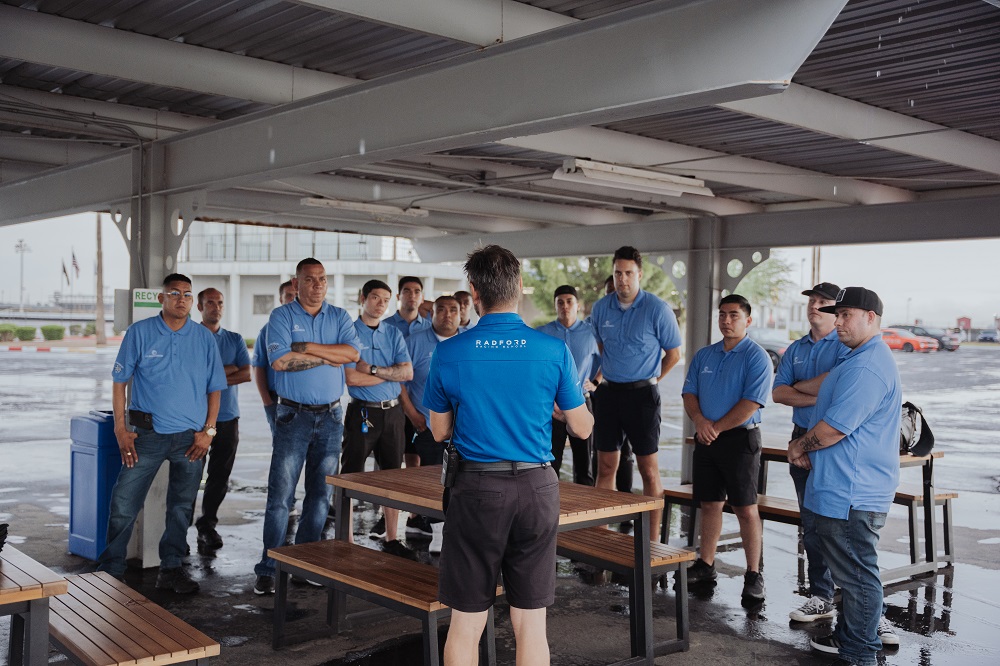
“Absolutely the best way to get started in track driving. The amount of information we put into a driver’s mindset is astounding. We have seen students go from anxious street drivers to passionate track day enthusiasts and racers in just four days,” said Danny Bullock, Lead Instructor. “It’s amazing, the look on their faces after we do the mock racing starts on the track in this class. And the fact that a driver has the potential to earn their SCCA Full Competition License in this class makes it one of the best programs in the world for driver training.”
Classroom Time
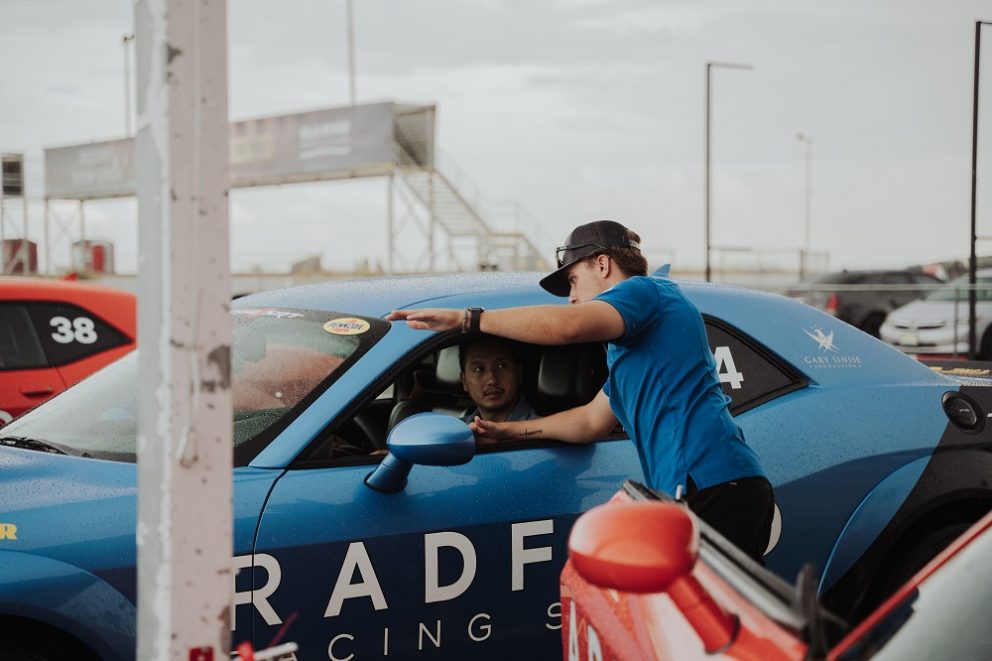
The Radford Racing School Grand Prix Road Racing program is comprised of about 80% driving time and about 20% classroom time, but almost all of that classroom time takes place on the first day. While many of the students in this class already have at least a basic understanding of things like weight transfer, proper line technique and on-track vision, the instructors begin the program with Ground School in the classroom with a rundown of all of those key aspects of efficient track driving.
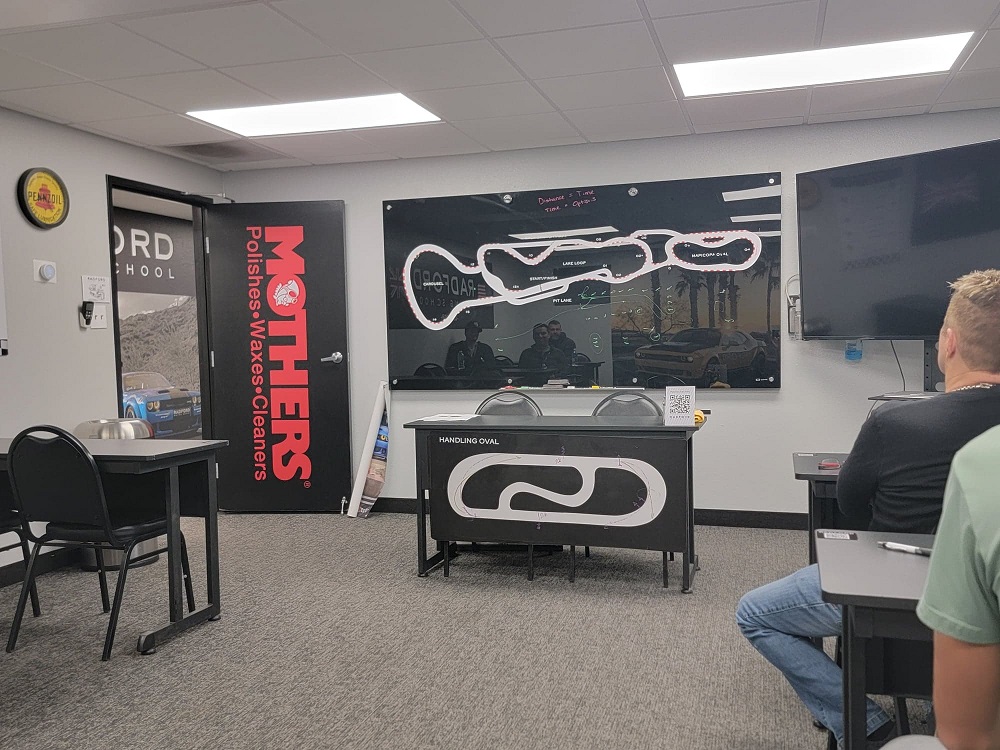
Similar to the High Performance Driving program, the Grand Prix Ground School time talks about concentration, vision, attitude, car control and driving line, with emphasis on things like weight transfer underbraking, accelerating and turning in a racing situation. This includes a discussion of trail braking and using heel-to-toe shifting, both of which add to the driver’s level of control when entering and exiting a turn. More on the track side of things, the Grand Prix Ground School sessions look at proper line technique, which includes recognizing and hitting the entry, apex and exit points of each turn. The instructors also make sure that students are familiar with the use of cones for braking zones, apex points and track-out points.
Finally, unique to the Grand Prix Ground School is a discussion of the various flags used for road racing.
Hitting the Tarmac
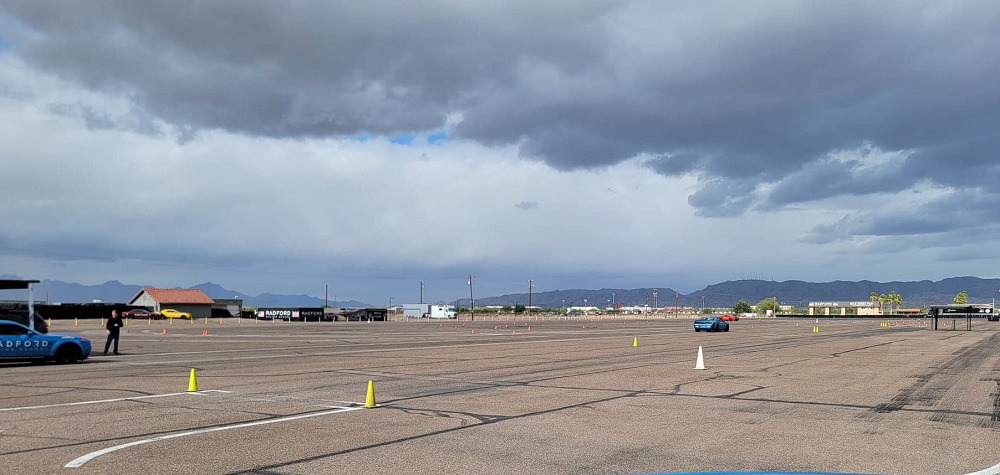
Before heading out onto the big tracks, students get their first seat time in the Dodge Challenger SRT® Hellcats on the large, open stretch of pavement in front of the main building. In this area, students work on car control and weight transfer through steering and braking with exercises like a slalom and a series of accident avoidance tests. Under the watchful eye of the Radford instructors, students learn how to meter their braking input and how steering impacts braking, both with and without an antilock braking system, along with practicing heel-to-toe downshifts with plenty of room for error.
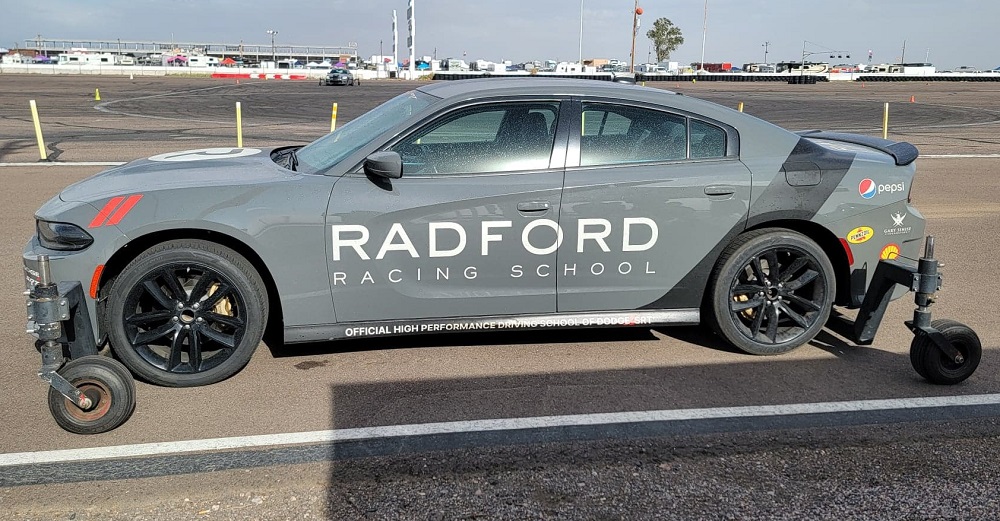
The tarmac in front of the Radford main building is also where students spend time in the skid cars. These specially prepared Dodge Charger R/T Scat Packs have an extra set of small tires mounted on a unique hydraulic system. Using this hydraulic system, the instructor can raise and lower the front and rear end, leading to varying levels of understeer and oversteer. Understeer can occur on a road course when a driver gets into a turn way too hard or when a bad line is taken at speed, while oversteer can occur on a road course when a driver applies too much power at the wrong time. In a situation where understeer or oversteer occurs on a road course, there is a risk of the car finding its way into the concrete wall lined with tires. On the other hand, the Radford skid car exercises take place on the open tarmac and at relatively low speeds, so if a driver loses control, he or she is only going to harmlessly run over some cones.
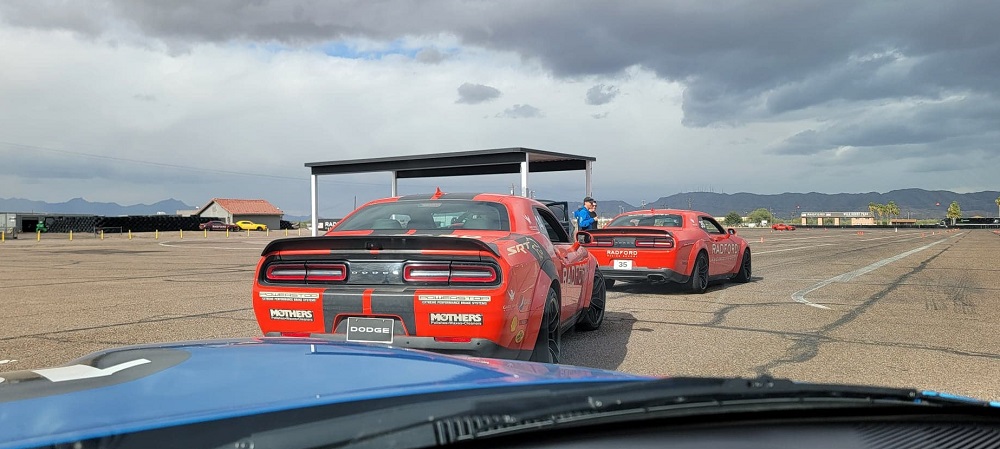
When behind the wheel of the Charger skid cars, students will begin by driving around the oval pattern as the instructor riding shotgun makes adjustments to the front-rear balance with the hydraulic system. The student has to show that they can control the car in instances of understeer and oversteer on the oval, followed by performing the same tasks in a figure-eight formation. The ability to control the Charger when the front or rear tires are essentially being lifted off of the ground is a required skill before students are permitted to hit the big track, as controlling understeer and oversteering is a key component of fast, safe track time.
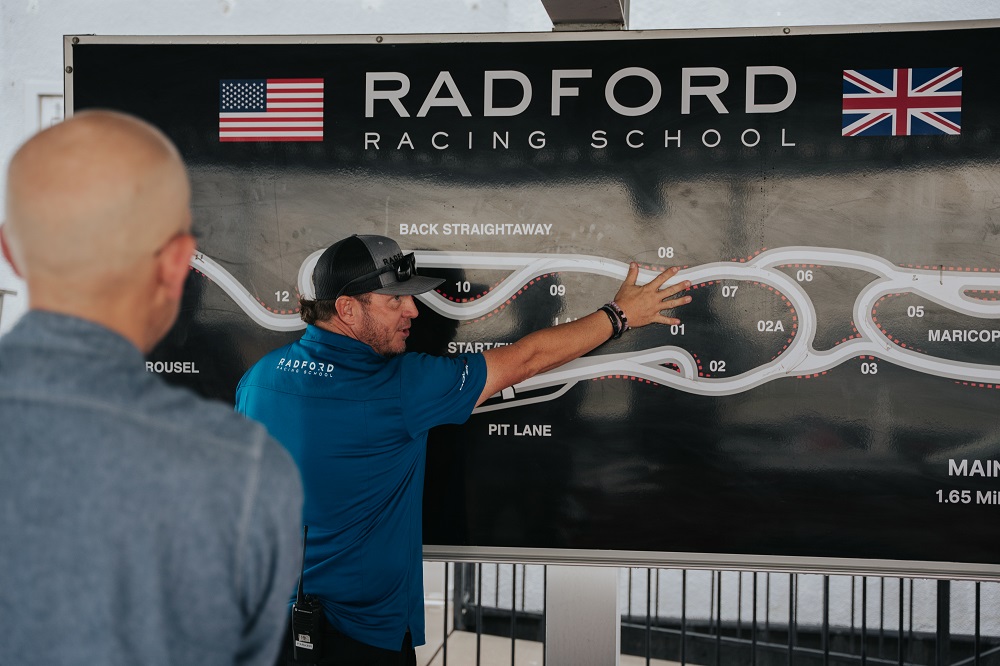
Finally, before hitting the big track, the students spend time in their Dodge Challenger SRT Hellcat on the handling oval, which is a small oval marked by cones and paint on the tarmac in front of the main building. The handling oval allows students to practice proper line technique at lower speeds in an area with plenty of runout area, in case things go sideways. The turns at the opposing ends of the handling oval are shaped differently from each other, with one turn having a late apex that requires trail braking while the other turn has a balanced, central apex. This lets the students practice things like entering a braking zone, hitting the apex of a turn and getting to the track-out cone smoothly, with short straightaways allowing for repeated practice with lower speeds than the Maricopa Oval that comes later in the program. As the instructors watch from the pit lane area, they will signal in students so that they can climb aboard and provide one-on-one in-car input.
When students head from the flat tarmac to the larger oval and road course track, the instructors make sure that everyone has a good idea of how to get their Dodge Challenger SRT Hellcat in and out of a turn safely and quickly – and should things go wrong, the students all know how to correct an unintended slide toward the wall.
The Big Track
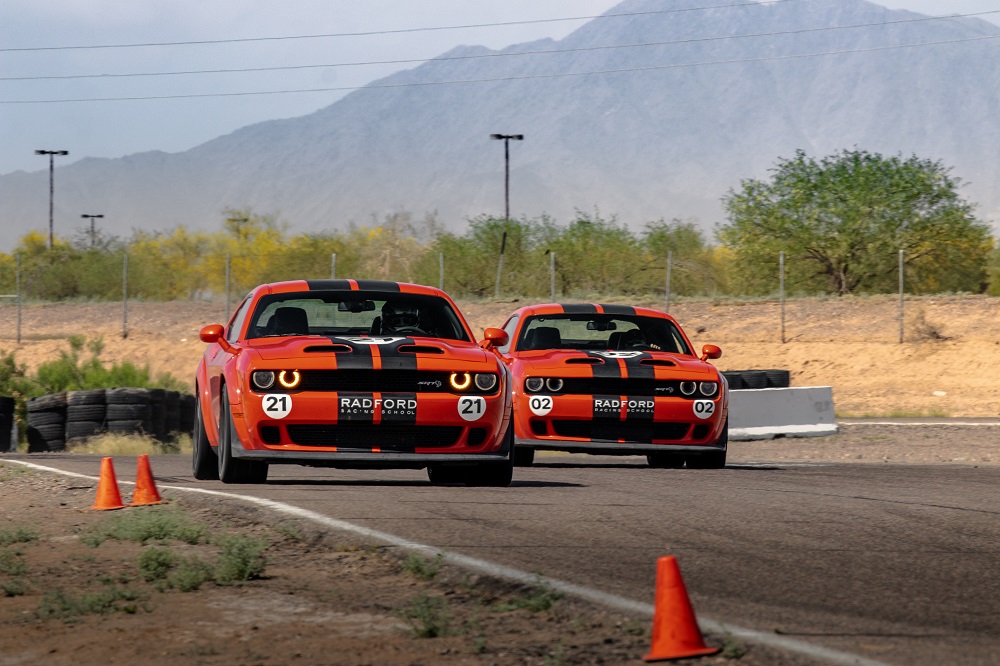
During the Radford High Performance Driving program, students get onto the big road course track and the Maricopa Oval at one end toward the end of the second day. In the Radford Grand Prix program, students get out onto these higher speed tracks early on the second day, including time on their own without an instructor leading the way. The goal of the second day of the Grand Prix course is to make sure that the students are comfortable with the car and the track, so after some braking and entry practice on the Maricopa Oval, the group begins with a lead-and-follow session on the big road course.
During the lead-and-follow sessions, the instructor will continually go harder around the track, so long as the students are keeping up. Once everyone in the group has proven to be proficient, the instructor will drop back into the field, letting each student lead the group around the track. After each short session, each student receives pointers on how to make improvements based on what the instructors saw. At times, instructors will ride along with the students to provide immediate input, but toward the end of the second day of the Grand Prix program, the students are on the track in small groups without any instructors.
Day three of the Radford Racing School Grand Prix Road Racing program transitions from focusing on car control to the principals of racing. This includes using flags and driver signals, along with discussing and practicing proper passing techniques. Ultimately, day three is an entire day of track time in the Dodge Challenger, during which time each student hones their road racing skills with regular input from the instruction team.
At the end of the third day of the three-day program, students graduate with an SCCA racing permit.
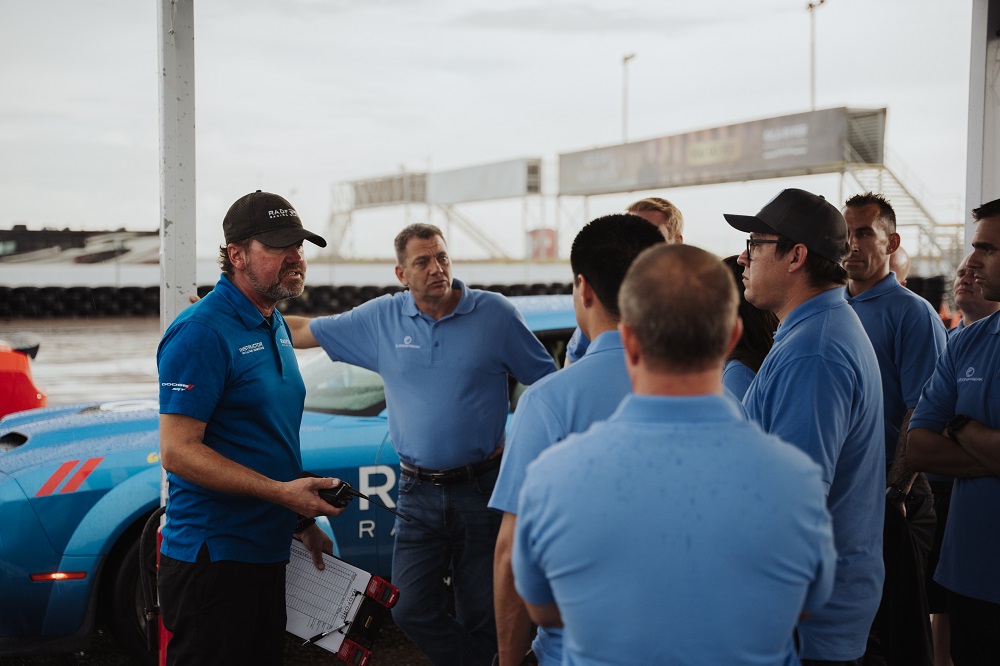
For those who opt for the four-day Grand Prix Road Racing program, it includes even more in-depth track instruction in the Dodge Challenger SRT Hellcat, but it also includes an introduction to open-wheel racecars. The Ligier JS F4 Open Wheel Formula racecar serves as the final step in the process to receiving an SCCA Full Competition license from Radford Racing School. At the same time, students who are not interested in open wheel experience can earn their SCCA license in the Challenger. This fourth day, which is entirely comprised of track time and the graduation ceremony, also includes time with an on-board data recording system. After each session with the high-tech recording system, an instructor goes through each turn and each straightaway of the track, showing the student how he or she can make improvements based on the data from the car.
“I signed up for the Radford Signature/4-Day Grand Prix class. I did one track day prior to this, but had never done any real classes or coaching before. Radford came highly recommended and it didn’t disappoint,” said a graduate of the Grand Prix program. “First off, all the instructors were awesome people and teachers who seemed to love their job. They have the expectation that you will make a variety of mistakes but do a great job of breaking down your mistakes and helping you improve quickly. This class is also very heavy on track time with just enough class time to cover some concepts, but then sending you out in the car to practice them. This was an amazing experience and I’m looking forward to going back for their advanced classes. I can’t recommend it enough!”
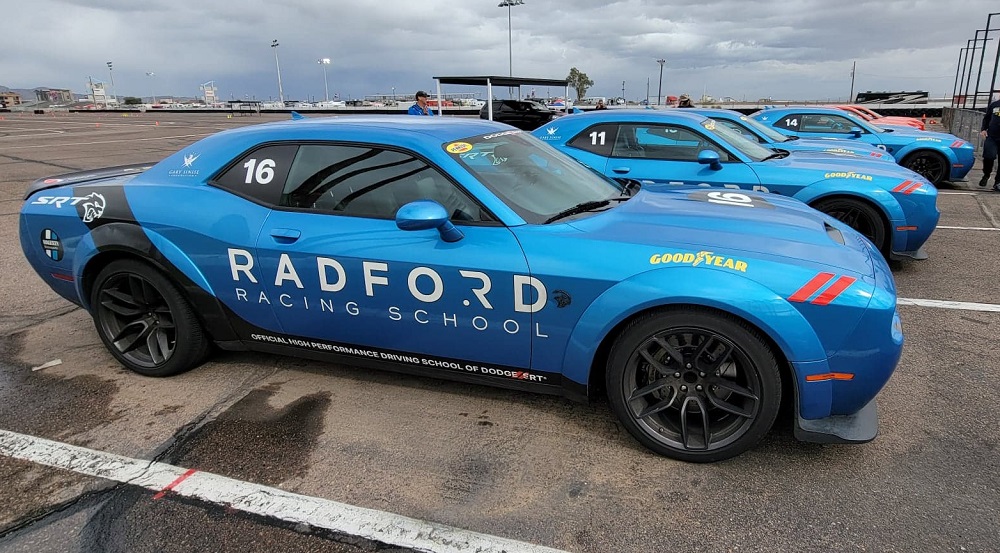
If you are serious about going road racing to the point where you need an SCCA license, the Radford Racing School Grand Prix program is the best way to get your license and receive world-class training in one place.
